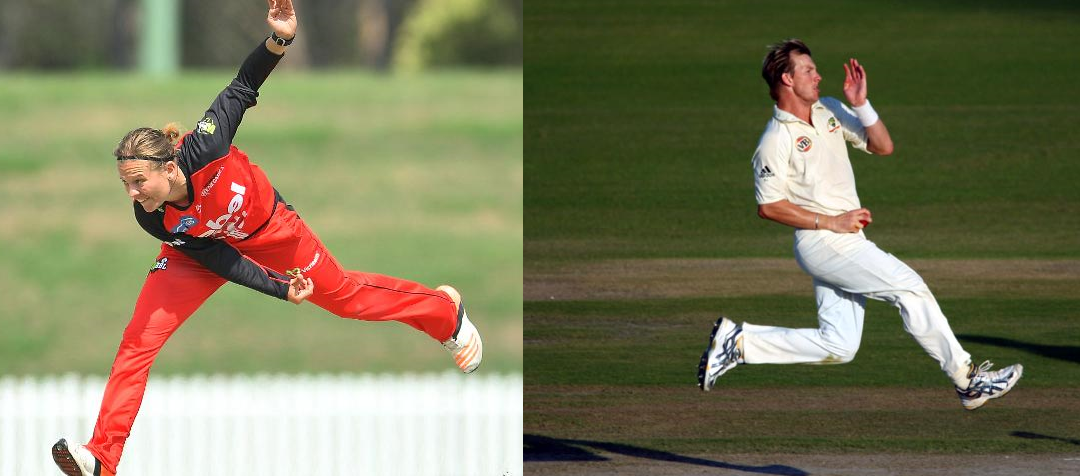With the warmer weather starting to brew many keen cricket players are awaiting their season to begin. Cricket is known for the long hours under the sun fielding and batting, but little do most know that cricketers, especially fast-paced bowlers can reproduce 5-9 times their body weight through their feet.
Cricket is definitely an endurance sport however power, speed and agility is needed throughout the game to field, bat, bowl or wicketkeep. Acceleration, change of direction and deceleration can increase force and pressure to your feet. It is important to train this to enable optimal performance and reduce the risk of injury.
As a fast bowler the aim is to build up speed in your run up and then the sudden stop enables the bowler’s arm and more importantly the baller to gain maximum momentum and speed. This increases pressure and force in the bowler’s front foot and if not executed correctly can increase the risk of injury.
Some common injuries seen in cricket players:
-
Heel pain: can occur due to the constant pressure and repetitive action when playing cricket. The heel acts as a natural shock absorption, if too much force occurs and our body can manage it, risk of injury may occur. Having appropriate shoes and training load can help prevent this occurring.
-
Sesamoiditis: Is pain around or under the big toe joint. This can be a common injury for some cricketers due to excessive force through the big toe joint. Inappropriate shoes, abnormal biomechanics or poor bowling technique can contribute.
-
Achilles tendinopathy: is pain at the back of the heel and up the achilles tendon. The achilles tendon is a major component in quick, explosive movements. If the achilles is unable to withstand load, injury can occur.
-
Blisters and skin and nail condition: Blistering, callus (hard skin) or nail damage can be factors that inhibit performance and cause unwanted pain and discomfort. Excessive friction, inappropriate shoes or bony prominence can all contribute to these conditions. But luckily it can be easily managed by a podiatrist.
-
Posterior impingement syndrome: is pain around the back of the ankle and often restricts ankle range of motion. Long term ankle injury, inadequate rehabilitation or trauma can be factors that contribute to risk of injury.
If you have any foot or ankle injuries or concerns, please come in and see one of our podiatrists who can help you get back out there.

